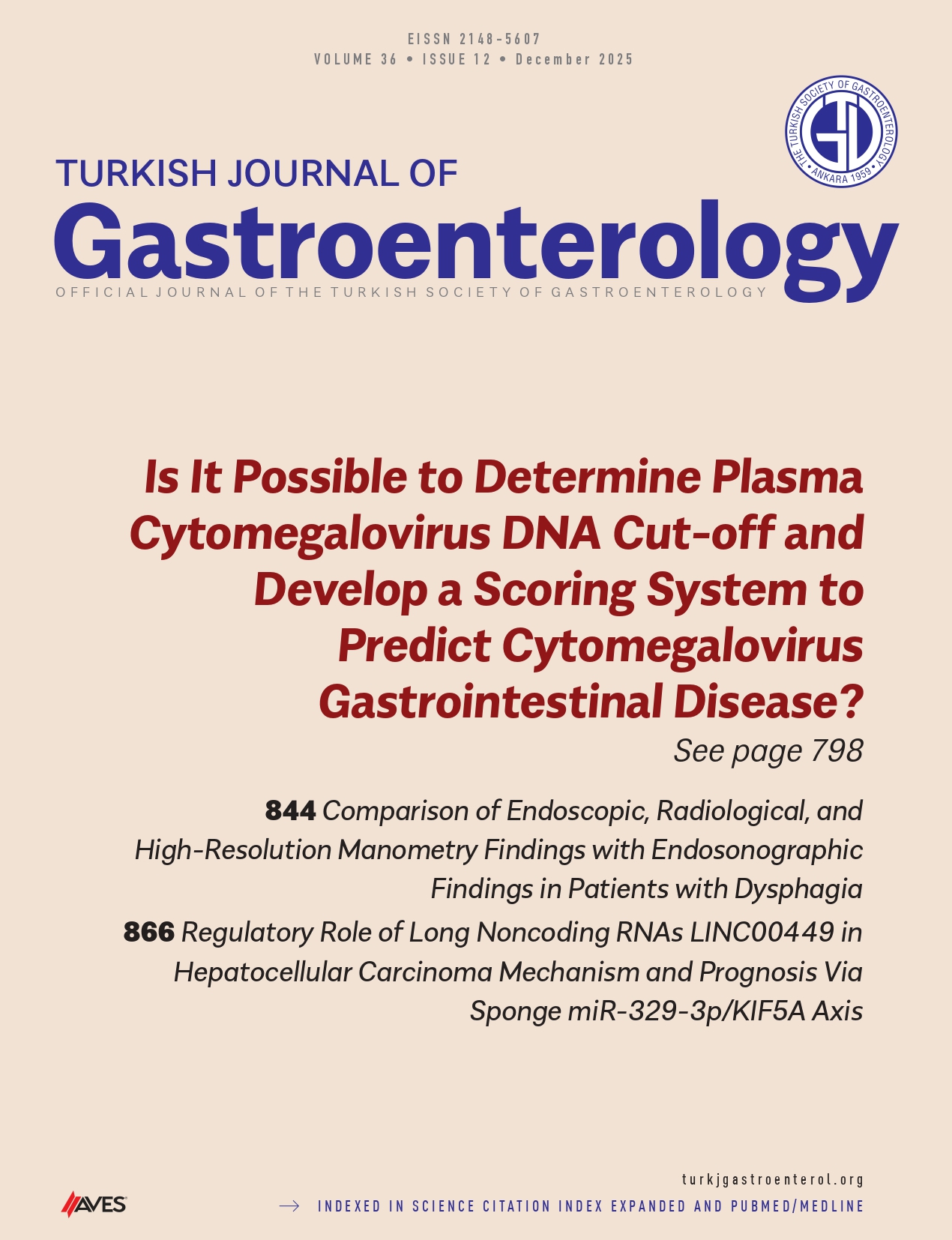Background: Seroepidemiology, risk factors to hepatitis E virus exposure, and prevalence of hepatitis E virus viremia have not yet been investigated among patients under immunosuppression or with liver disease that are high risk for infection in Turkey.
Methods: In this cross-sectional study, 292 consecutive serum samples from renal transplant recipients, allogeneic hematopoietic stem cell transplant recipients, patients with acute hepatitis, and patients with chronic hepatitis C were prospectively collected in a ter- tiary university hospital. Sera were tested for hepatitis E virus immunoglobulin G/immunoglobulin M and hepatitis E virus ribonucleic acid using commercial enzyme-linked immunosorbent assay and in-house nested polymerase chain reaction with Sanger sequencing, respectively. Sociodemographic, clinical, laboratory data, and risk factors were collected using a questionnaire and hospital database. Multiple logistic regression analysis was employed to identify independent predictors for anti-hepatitis E virus seropositivity.
Results: Among all patients, only 2 patients (1 renal transplant recipient and 1 patient with acute hepatitis) were identified as having hepatitis E virus genotype 3 viremia. Hepatitis E virus viremia rate was 0.6% in whole group. These patients showed no signs of chronic hepatitis E virus infection for 6 months and were spontaneously seroconverted 6 months after enrollment. Anti-hepatitis E virus IgG was positive in 29 patients yielding a hepatitis E virus seroprevalence of 9.9%. Older age (adjusted odds ratio: 1.03, 95% CI, 1.00-1.06; P = .022) and eating undercooked meat (adjusted odds ratio: 3.11, 95% CI, 1.08-8.92; P = .034) were independent risk factors to anti- hepatitis E virus seropositivity in all patients. Similarly, multiple logistic regression analysis demonstrated that age (adjusted odds ratio: 1.03, 95% CI, 0.99-1.07, P = .058) and eating undercooked meat (adjusted odds ratio: 5.77, 95% CI, 1.49-22.25, P = .011) were indepen- dent risk factors for anti-hepatitis E virus IgG positivity in the liver disease subgroup consisting of acute hepatitis and chronic hepatitis C patients.
Conclusion: The hepatitis E virus seroprevalence rate was high (9.9%), despite low viremia rate (0.6%) in high-risk patients. The emer- gence of hepatitis E virus genotype 3 might indicate a serious problem for these patients. Future investigations are needed to elucidate foodborne transmission routes of hepatitis E virus in Turkey.
Cite this article as: Balaban HY, Aslan AT, Akdoğan-Kittana FN, et al. Hepatitis E virus prevalence and associated risk factors in high-risk groups: A cross-sectional study. Turk J Gastroenterol. 2022;33(7):615-624.




.png)
.png)